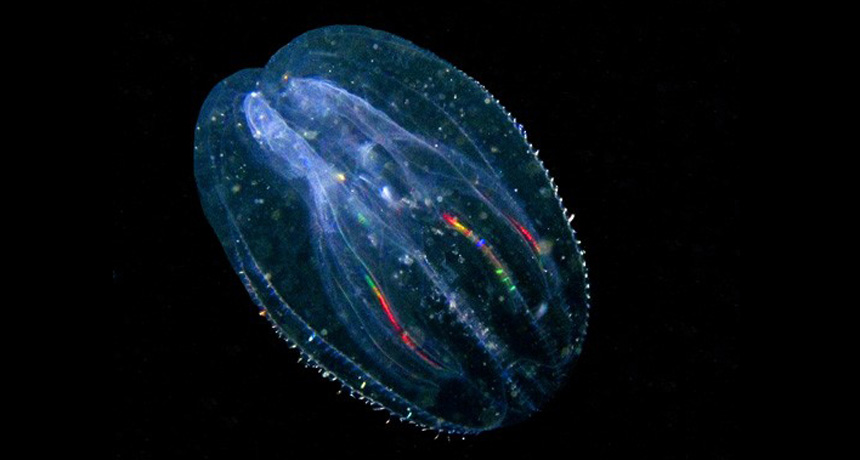
OLD FASHIONED The invasive comb jelly Mnemiopsis leidyi can do some pretty sophisticated things with its immune system for an organism of such ancient lineage.
Marco Faasse/World Register of Marine Species

OLD FASHIONED The invasive comb jelly Mnemiopsis leidyi can do some pretty sophisticated things with its immune system for an organism of such ancient lineage.
Marco Faasse/World Register of Marine Species